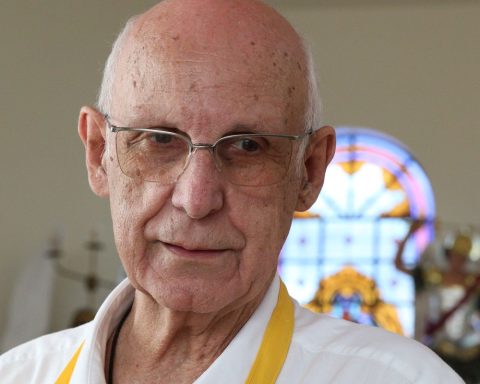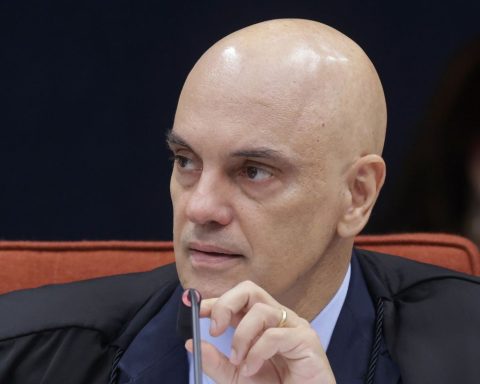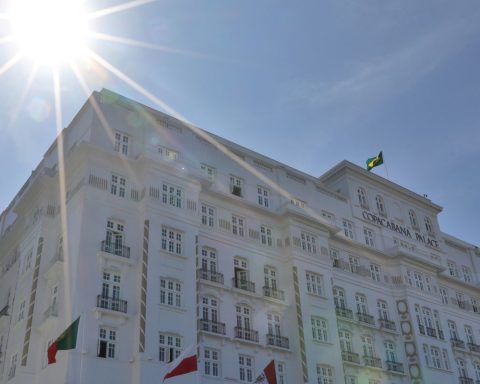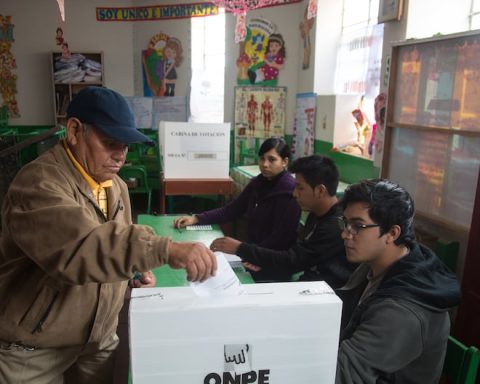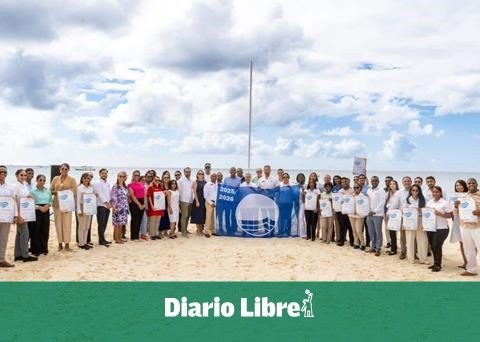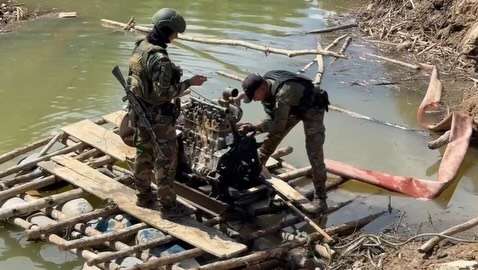This Thursday (13), the Culture Commission of the City Council of Rio promoted a public debate on the construction of a zip line connecting Sugarloaf Mountain to Morro da Urca, with opening scheduled for the second half of this year. Chaired by councilor Edson Santos (PT), the commission heard authorities and representatives of civil society, both against and in favor of the project.
The parliamentarian, still without a formed position, said that it is necessary to listen to all points of view, and understand the scope and impacts of the intervention on the monument and its surroundings. “The road and parking issues are already serious in space and I believe that we should also take into account the impact that any intervention on the Sugar Loaf will cause on the Urca region”.
The amateur rock-climbing guide and author of books on the subject, André Ilha, from the Grupo Ação Ecológica (GAE), rescued the investments already made to explore the listed public good. “The big issue is the deviation from the purpose of the use that was given to private companies in the last century. They want to turn the top of the two hills into a hub of entertainment with a park and concert halls, which will cause an increase in the flow of visitors and circulation in Urca and damage to the residents”, he argued.
The architect Paloma Yamagata, from Movimento Pão de Açúcar sem Tirolesa, lamented the absence of the representative of the Bondinho Pão de Açúcar Park, and pointed out the concern, with the mischaracterization of the heritage, the environmental impact, the occupation of public property in a dubious way and possible design flaws. “It is quite strange that a work of this size has been approved with two lines of technical opinion, when others need a series of questions to change a listed heritage”.
favorable
Businessman George Neder, director of the Coalizão Rio Institute, said he followed the authorizations given to the zip line project on the Sugarloaf Mountain. “We have no reason not to trust the work done to get the project approved. We need this type of investment in our city, we need to have works to reclassify our attractions”.
The UFRJ researcher, Hélio Seco, recognized the importance of environmentalists, but highlighted that it is necessary to practice, more and more, in Brazil and, especially in Rio, decision-making based on evidence. “Regarding the fauna and flora, I don’t understand that a zip line can have all this impact potential, even because we don’t have endangered species in the locality”, he defended.
The superintendent of the National Historical and Artistic Heritage Institute (Iphan), Paulo Eduardo Vidal, explained that at the end of 2020 the institute analyzed a prior consultation on the possibility of installing the zip line. “It was analyzed and verified that the impact on the landscape was negligible and permission was given to continue the project”.
Lucia Maria Pinto Vetter, the coordinator of environmental licensing at the Municipal Secretariat for Development, Employment and Innovation, said that nothing was found in the zip line project that could harm the environment. “I understand that we are distressed, but, given what is already in the region, the construction of the zip line will not cause an environmental impact”, she guaranteed.
The president of the Geotechnical Institute Foundation (Geo-Rio), Anderson Andrade Marins explained that the entity was responsible for licensing the engineering services, which includes rock blasting. “Reports were submitted by the company that developed the geology project. She made all the description of the massif for the rock cuts that are necessary for the structure that will be implemented and fulfilled all our requirements. We didn’t see anything that would bring a geological risk due to the implementation of the works”.
In his allegations, Edson Santos did not position himself against progress and development, but, for him, they must be consonant with the environmental issue. “What is the project for Pão de Açúcar and Morro da Urca? We have to know the investment strategy for that monument. If it’s just the zip line, that’s one thing, if there will also be a set of stores and equipment on top of Morro da Urca, that’s another thing. If it is going to generate an impact on the surroundings, all of this has to be analyzed”.
He received an invitation from the administration of Pão de Açúcar and extended the visit to the monument to the other councilors so that they could obtain more details regarding the investments to be made.

